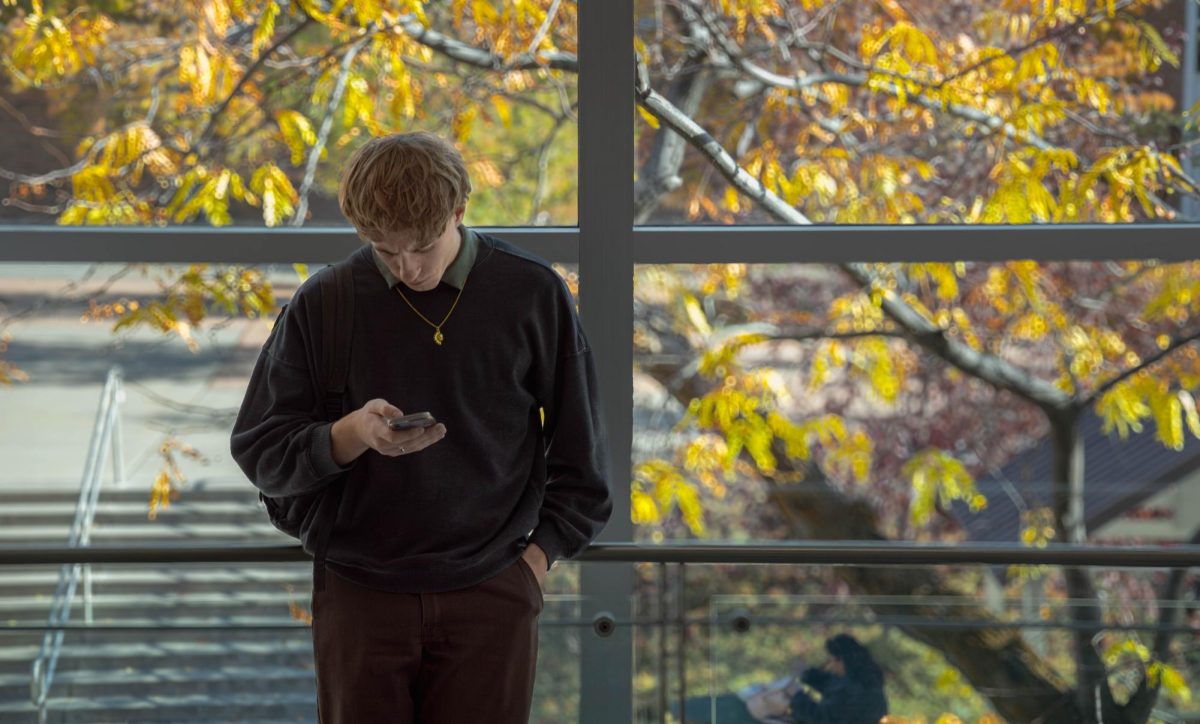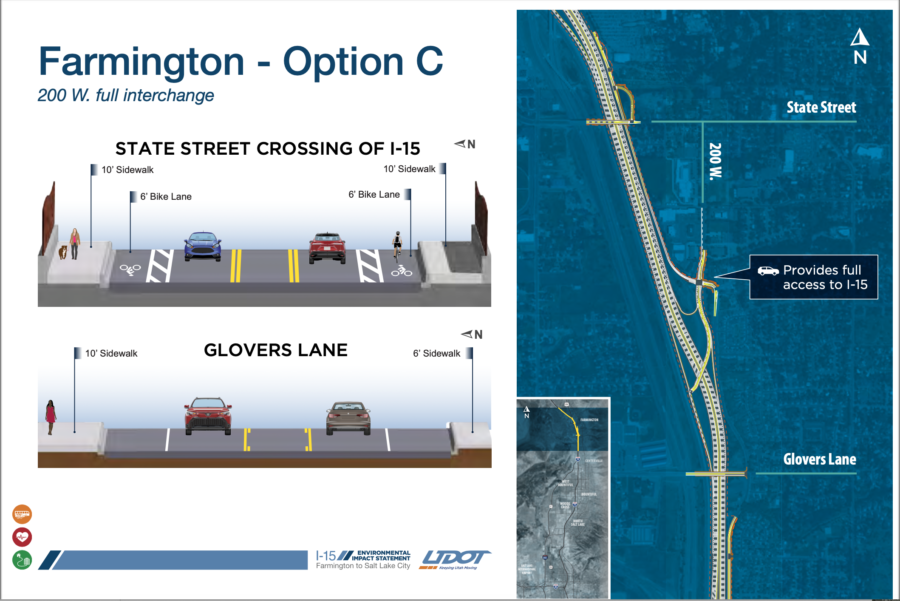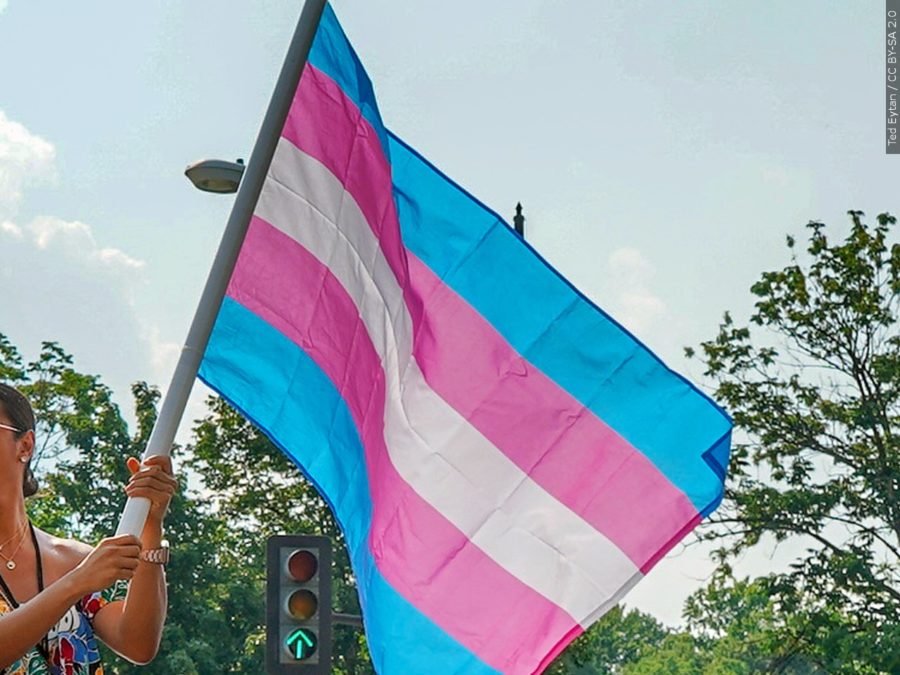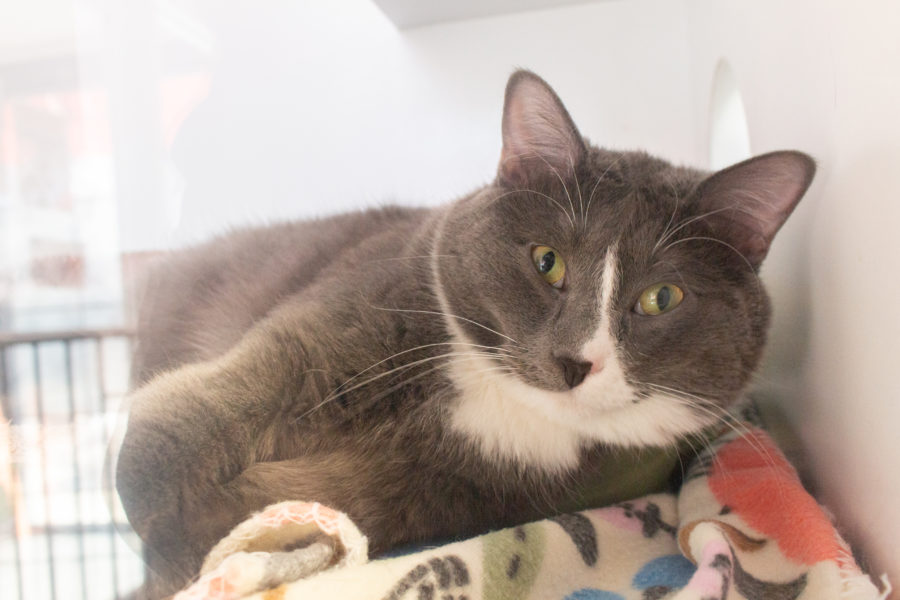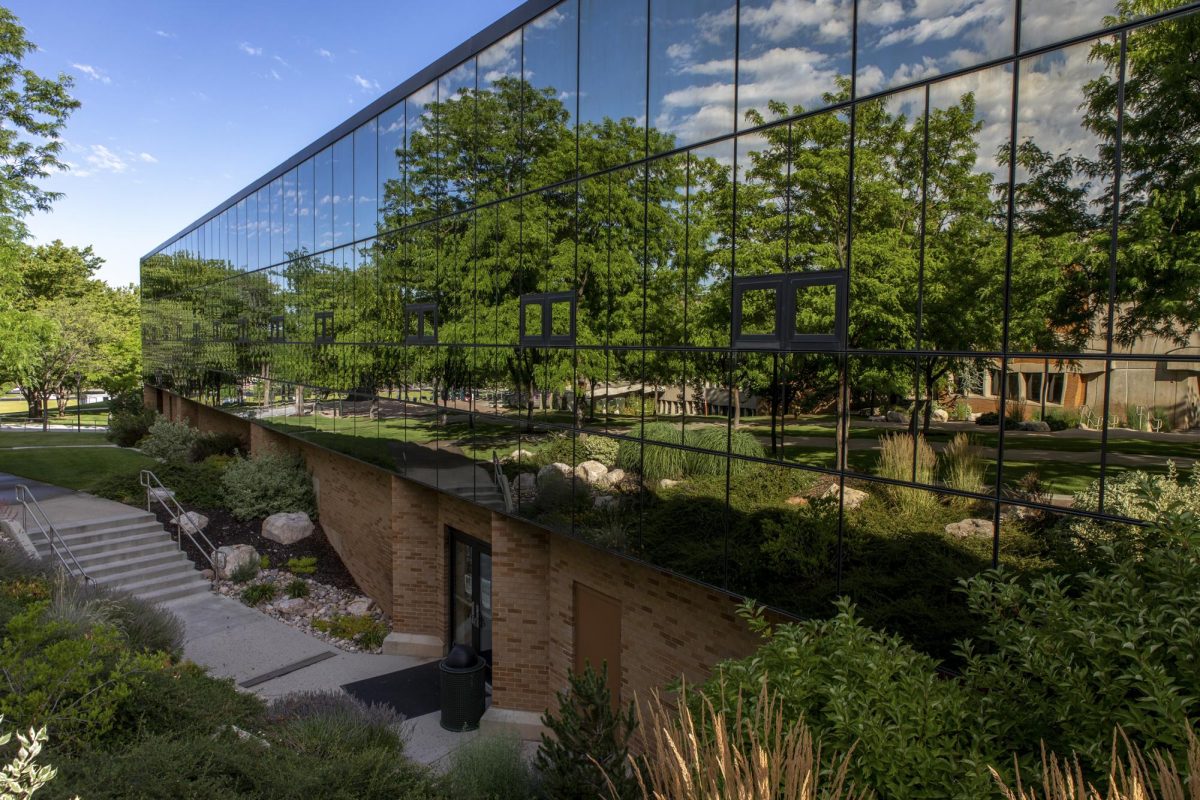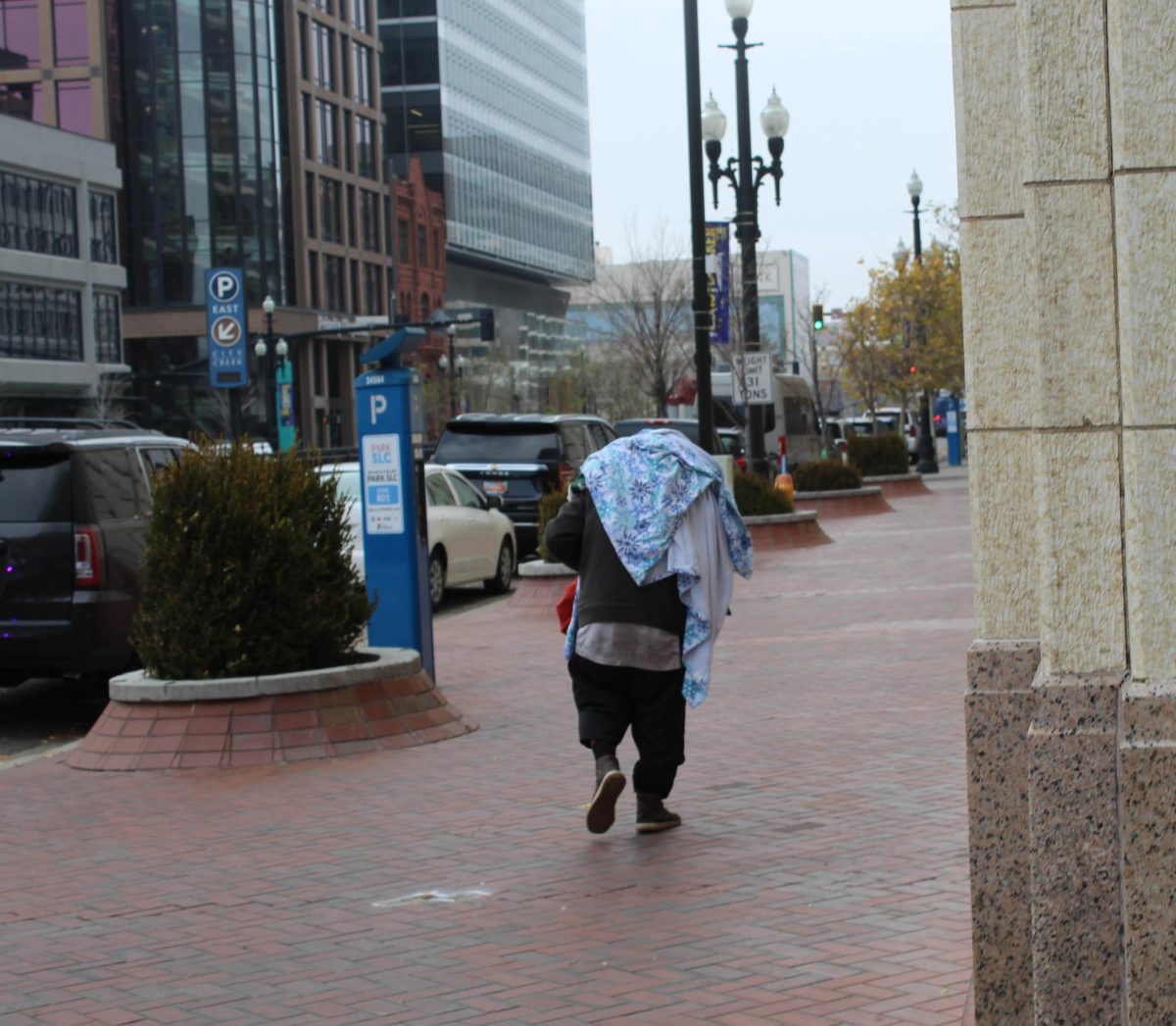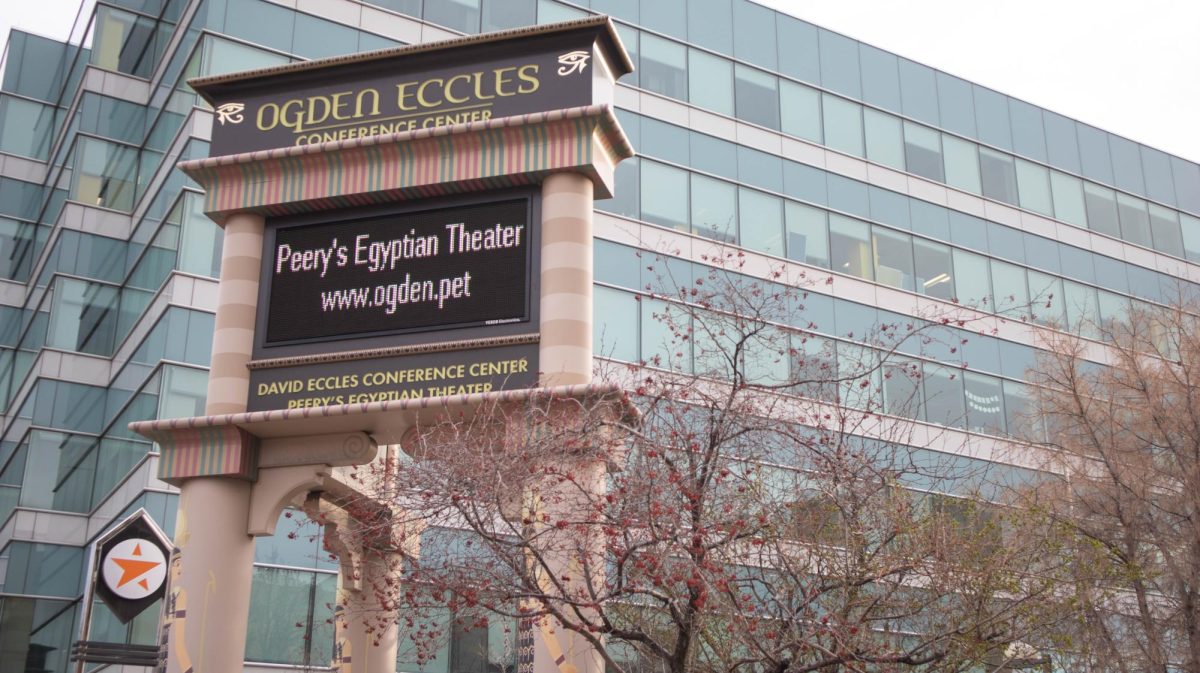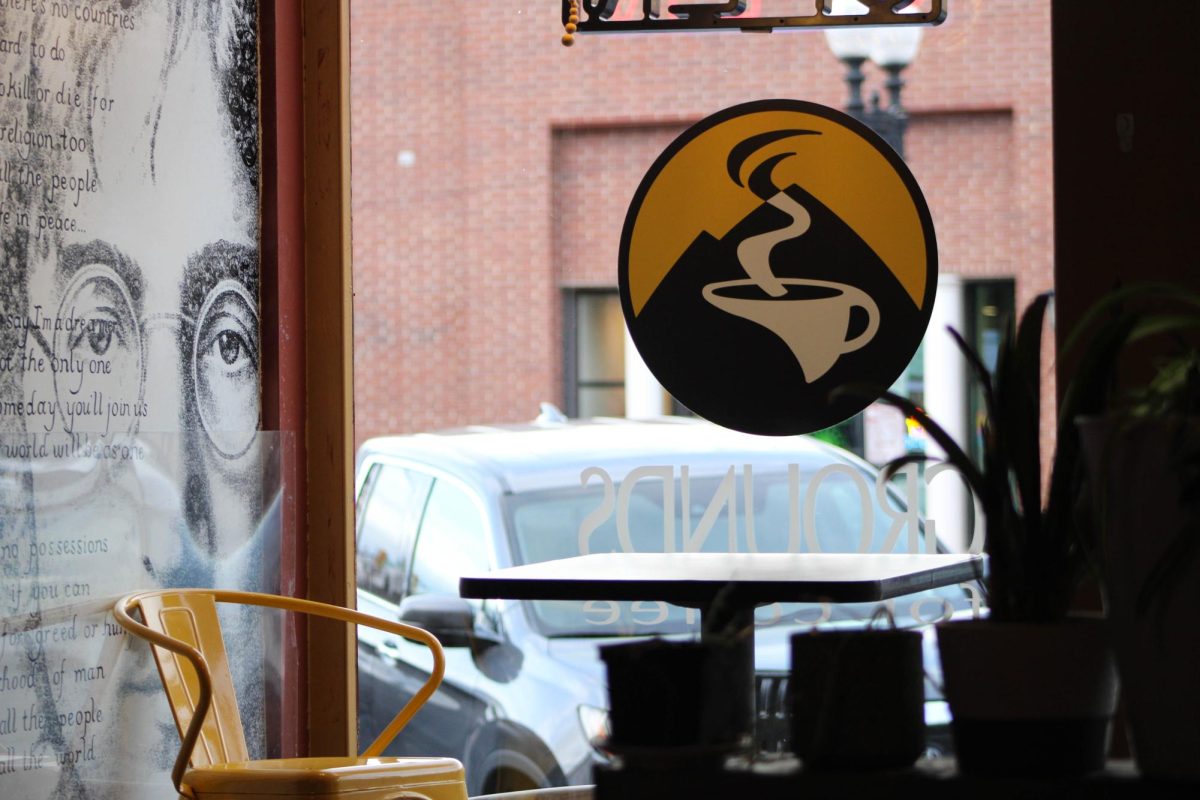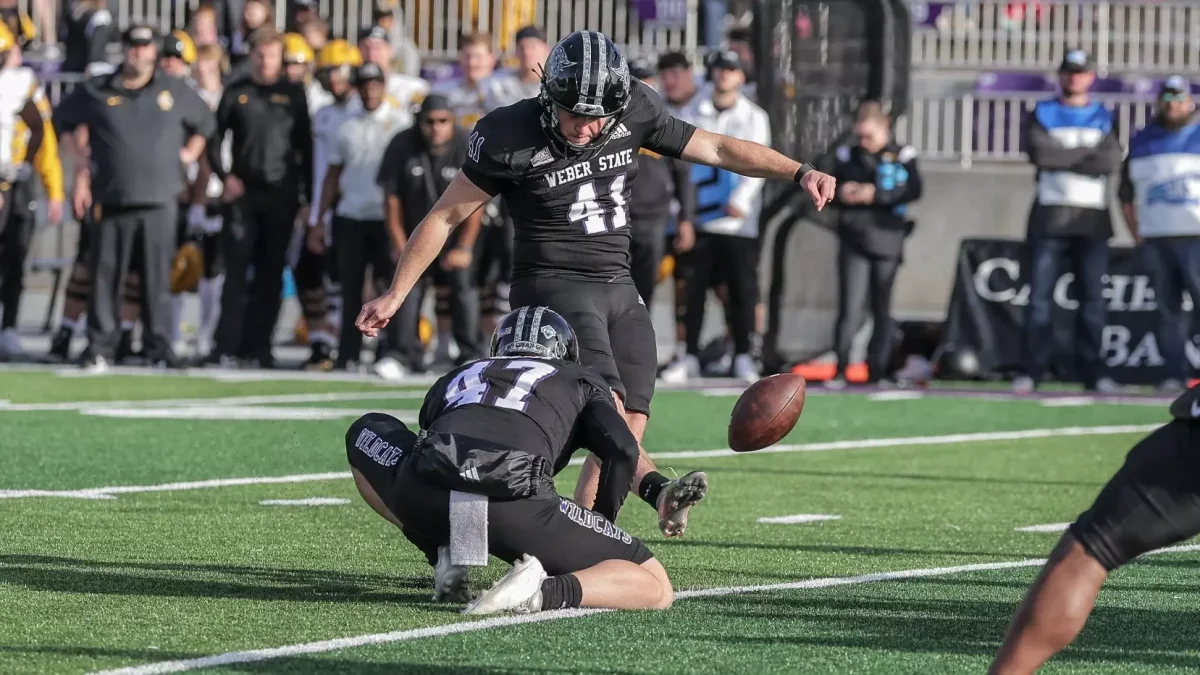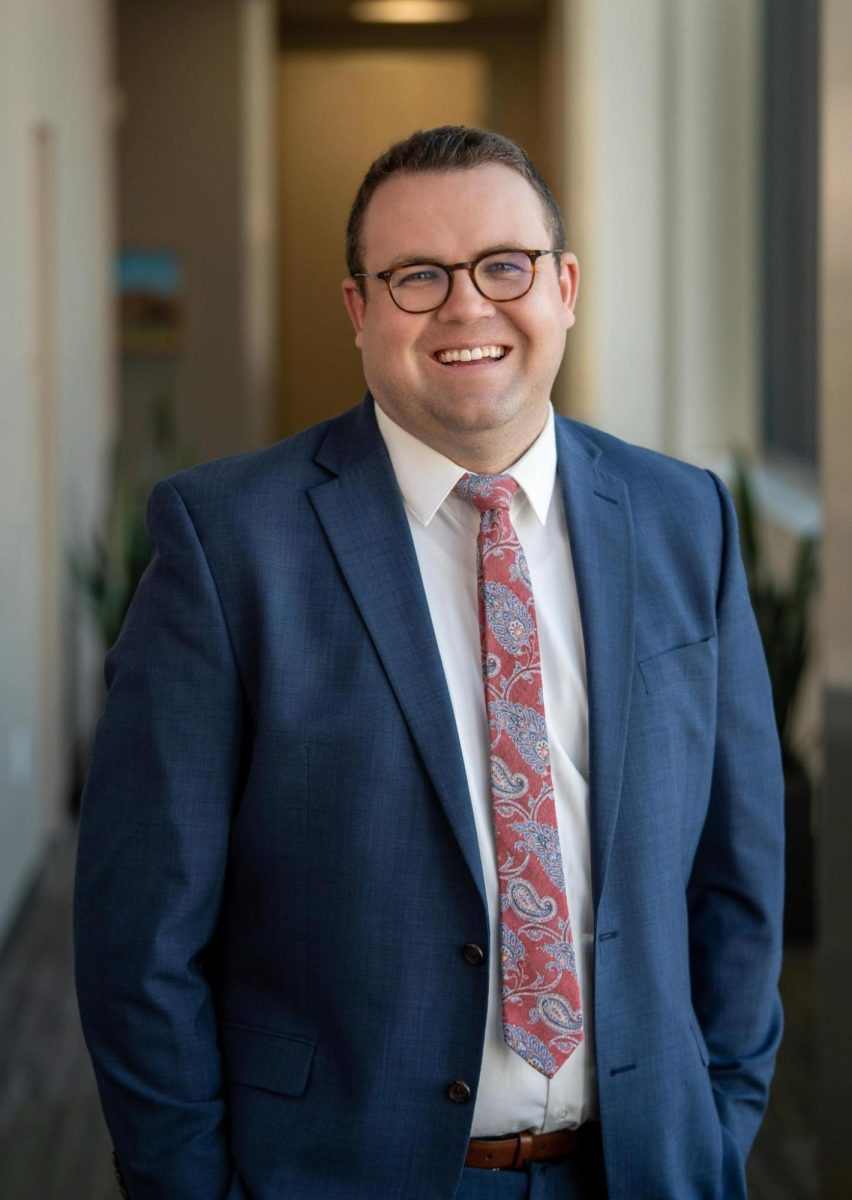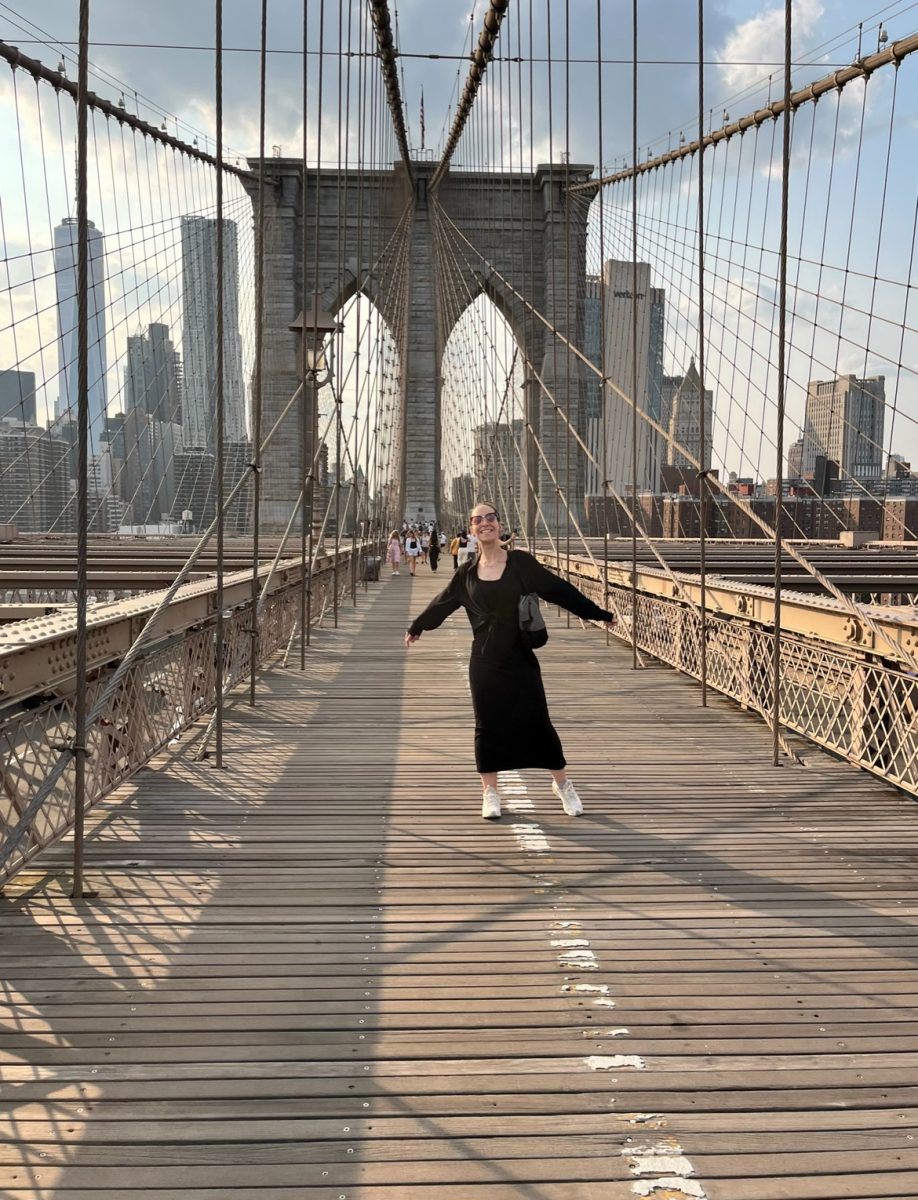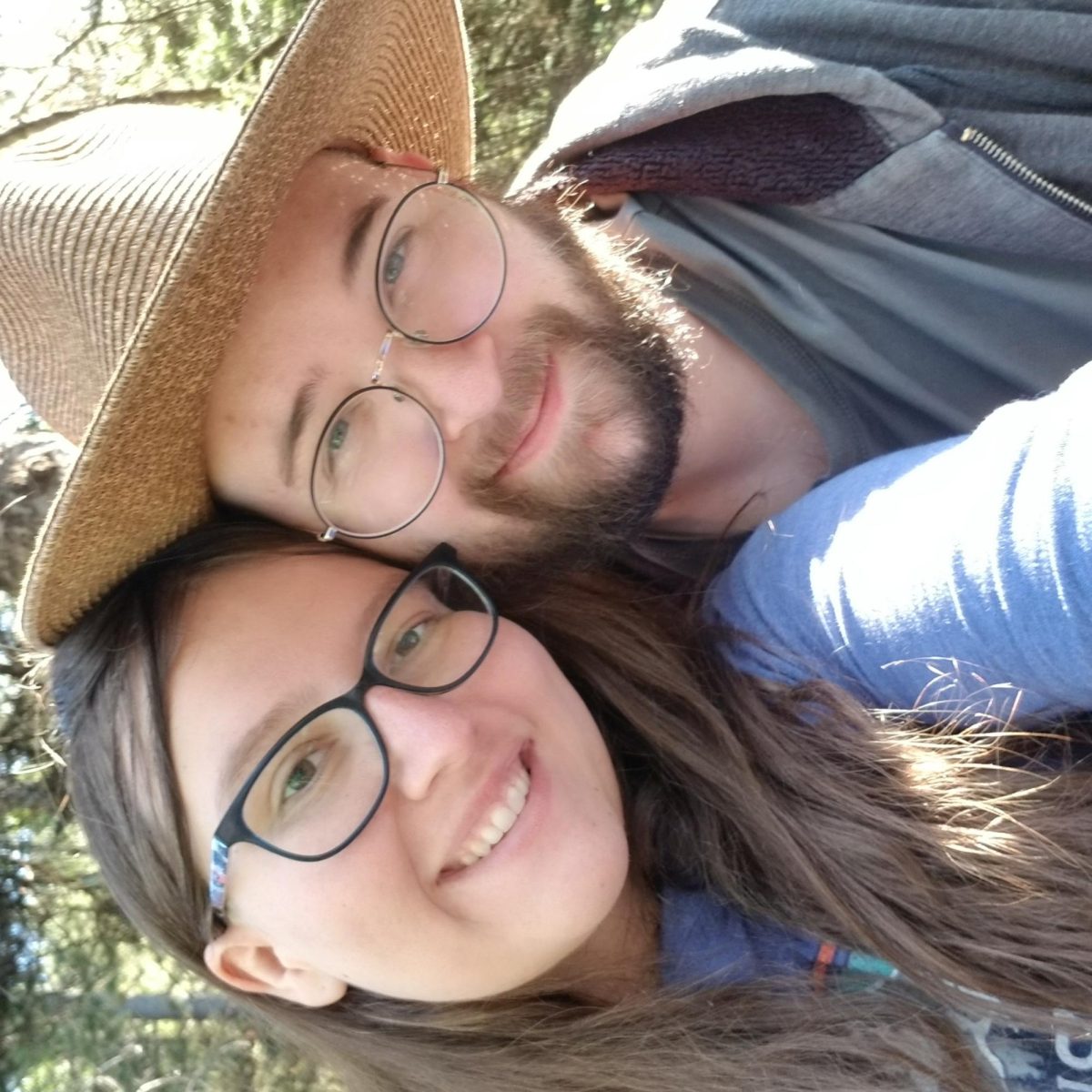Gage Brinkerhoff isn’t at Weber State getting ready for final exams at the end of the semester. Instead, he’s working 40 hours a week to afford his monthly rent.
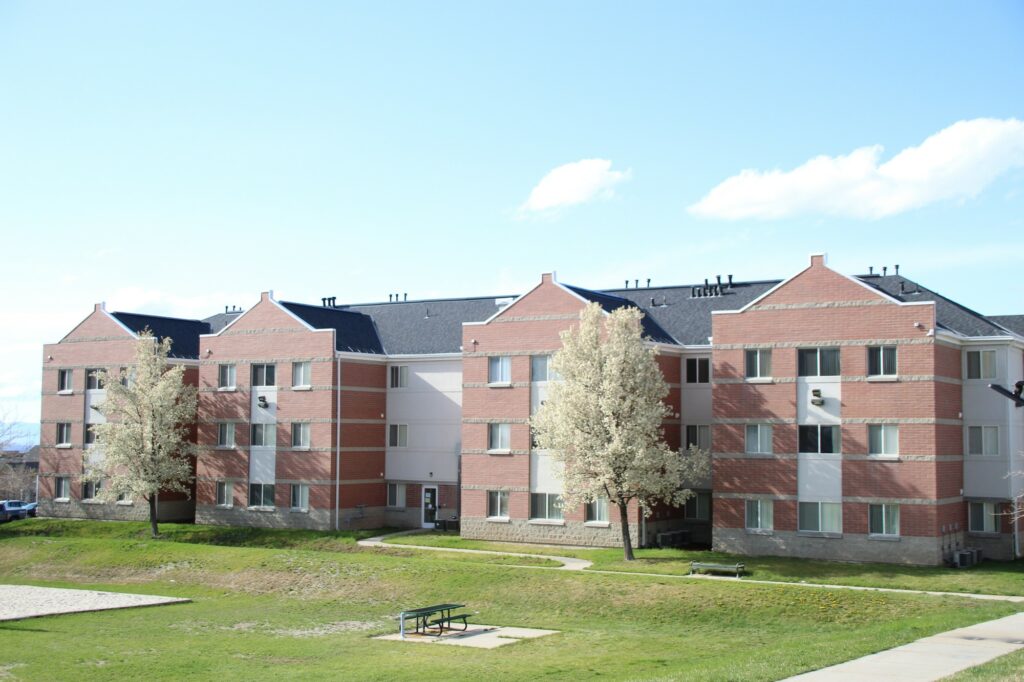
“If I had gone through this semester, I would have already had no money to my name at all by this point,” Brinkerhoff said. “I wouldn’t be able to eat or anything like that.”
Brinkerhoff, 22, falls into a group many traditional students encounter. His parents cannot claim him as a dependent on their taxes, but he is seen as a dependent when filling out the Free Application for Federal Student Aid.
Although they make enough to disqualify him from any FAFSA money, Brinkerhoff’s parents do not contribute to his education. He also does not meet any of the criteria of a nontraditional student, so Brinkerhoff must pay for his schooling and housing himself.
Federal Student Aid says an independent or nontraditional student is someone who meets at least one of the following qualifications: The person must be at least 24 years old, a graduate or professional student, married, someone with a legal dependent, a member of the armed forces or a veteran.
During the fall 2021 semester, Brinkerhoff lived off-campus with a roommate and worked while attending classes virtually because of the COVID-19 pandemic. He was living in Taylorsville, and as the lease was close to ending, they started looking for somewhere new.
At the last minute, the roommate changed plans, moved somewhere else and Brinkerhoff needed to find a new place to live.
Because of the last-minute change, Brinkerhoff had little time to find a place before the end of the month. His only apartment requirements were that it was somewhat affordable, in the Ogden area to be closer to WSU and available soon.
“I needed somewhere close to school, which was open for moving in soon,” Brinkerhoff said. “This place was literally the only thing I could find.” Brinkerhoff now lives in an apartment in downtown Ogden.
According to institutional research by WSU’s financial services, almost 8,950, or 30%, of WSU students reside in Weber County.
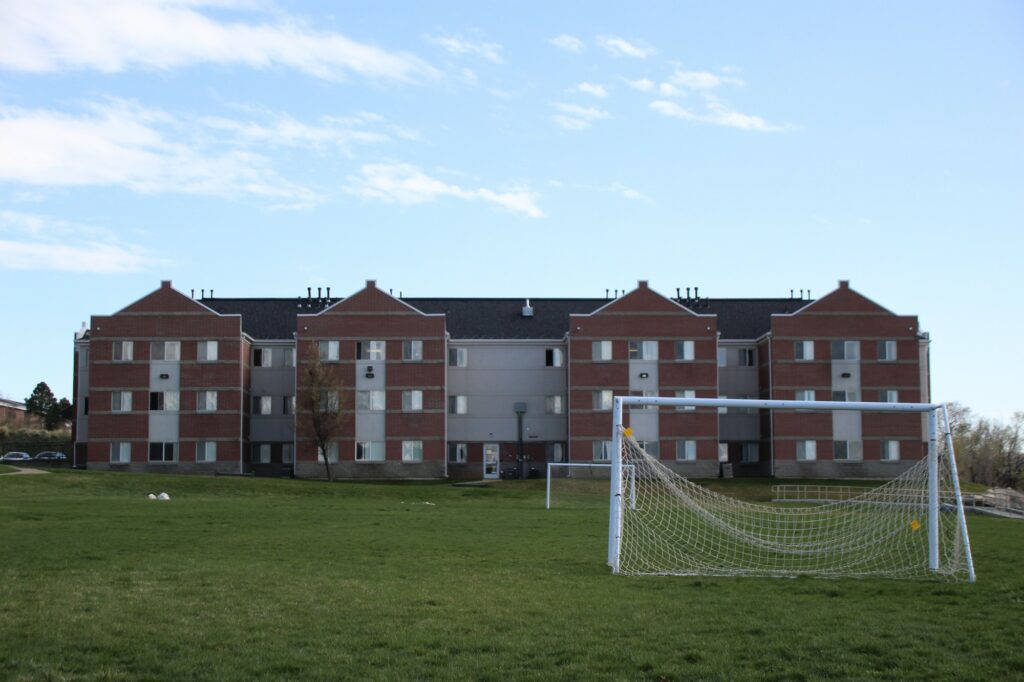
Dorm Decisions
When Brinkerhoff was preparing to attend his first semester at WSU, he considered living in the dorms. Eventually, he decided to live off-campus, since it was cheaper than living on-campus during that period.
“At the time, I thought it would make more sense to not live on campus,” Brinkerhoff said.
Statista, a German market data company, surveyed students at 68 U.S. universities in 2018 and found that 23% of students live in modern student housing, which is housing that is purpose-built and within walking distance of campus.
Twenty-two percent of students live in on-campus dorms, and most of those buildings are over 50 years old. Fifty-five percent of students live in other rental housing, such as single-family rentals.
Financial services found that the average cost of on-campus room & board for 2021-2022 was just over $9,000. The average rent price off-campus during the same academic year was nearly $7,400.
The two dorm facilities on campus are University Village, which has 476 beds, and Wildcat Village, with 525 beds. It costs more to live at Wildcat Village than at University Village, due to Wildcat Village’s meal plan requirement.
For the 2022-23 academic year, the least a student living at University Village will pay is $652 per month if they live in the dorms for the entire academic year, receiving a discount for agreeing upfront to live there for the full academic year.
A student has various cost options if choosing to live at Wildcat Village. The least expensive option is a double in Residence Hall 3 for $439 per month. The most costly is a super single in Residence Hall 1 or Stewart Wasatch, costing $731 per month.
Students that live in the dorms have specific dates they may move in or out. However, students who want to leave the dorms early may lose out on a deposit, face termination fees and can only receive partial rent refunds for the first 10 weeks of the semester.
RentCafe, an apartment rental finding site that also looks at rental market trends, says the average monthly rent for a one-bedroom apartment in Ogden as of Feb. 2022 is $1,148.
Another site, Zumper, which helps searchers find housing and offers market summaries, lists Ogden’s monthly rent average as $1,169 for a one-bedroom as of April 9, 2022. It is a 25% increase from one year ago.
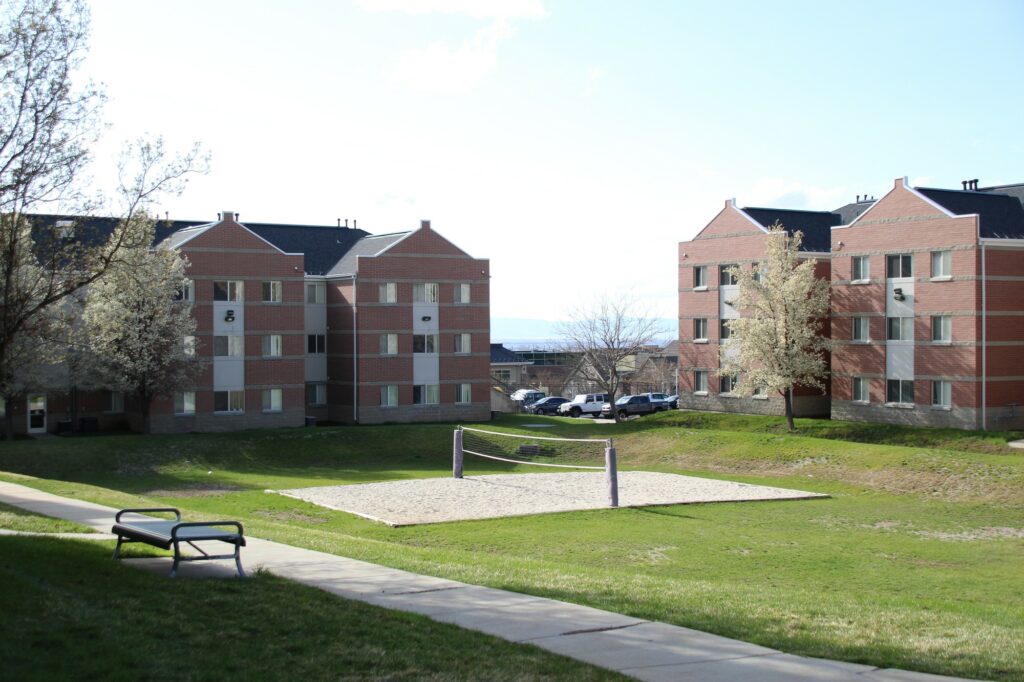
Affordability Issues
Brinkerhoff then moved into his current apartment. He had found more affordable places, but none of the landlords would rent to him.
“There were a bunch of places that were, like, a third of my current rent, and I would get all excited and go see them,” Brinkerhoff said. “Then they’d say, ‘Oh, are you going to school? We can’t, sorry, you’re going to have to find another place; we can’t take students.’”
Under the Utah Fair Housing Act, landlords cannot refuse to rent to a person “because of a person’s race, color, religion, sex, national origin, familial status, source of income, disability, sexual orientation or gender identity.”
But Brinkerhoff wasn’t refused an apartment because of any of these issues. Instead, it’s because he was a higher education student.
“College students are not a protected class under the Fair Housing Act, and to the extent that age is protected, it’s really only families with children under the age of 18 that are protected,” Jenny Gnagey, an adjunct professor of economics at WSU and researcher for OgdenCAN, said.
After only a month in his new place, Brinkerhoff’s situation became clear. “I was going broke very fast; my rent was too much and tuition was too much,” Brinkerhoff said. “I was going into the negative every month by a lot; my savings were just draining.”
According to the National Low Income Housing Coalition’s “Out of Reach 2021” report, a one-bedroom apartment at Fair Market Rent averages $869 per month in the state of Utah. For the Ogden-Clearfield metro area, the average is $812.
Fair Market Rent is how the U.S. Department of Housing and Urban Development determines how much to pay for the Housing Choice Voucher Program, also known as Section 8 Housing. It is the federal government’s housing assistance program for severely low-income families.
Anyone attending a higher ed institution cannot get Section 8 housing assistance. This may explain why Brinkerhoff couldn’t rent certain places as a student.
“The only places I could find available were the low-income housing that was specifically not for students,” Brinkerhoff said.
The National Low Income Housing Coalition found a person needs an annual income of nearly $32,500 to afford a one-bedroom apartment at Fair Market Rent in the Ogden area. CensusReporter, which uses U.S. Census Bureau data, shows that the household income in Ogden is $26,858, and 44% of households in Ogden make under $50,000.
Affordable rent for someone making minimum wage, or $7.25 per hour, would be $377 a month, the National Low Income Housing Coalition found. A person would have to work 86 hours per week at minimum wage to be able to rent a one-bedroom apartment in the Ogden-Clearfield metro area.
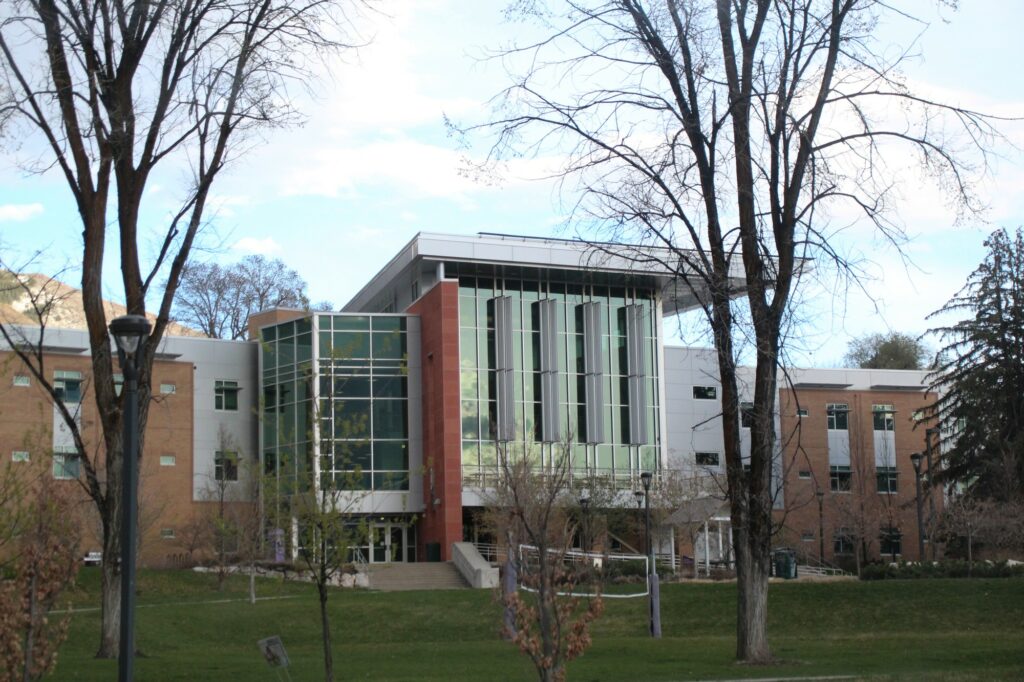
Breaking point
Brinkerhoff dropped his courses during the middle of the fall 2021 semester when school was no longer affordable.
“My rent more than doubled, and that took all of that thousand dollars that would have gone to the payment plan for school out of my life,” Brinkerhoff said. “I had to just drop mid-semester, which was super frustrating.”
This story isn’t unusual, as Brinkerhoff has a few friends that have experienced the exact situation in the last few years.
In 2021, WSU’s Center for Community Engaged Learning released a literature review on “The Impacts of Affordable Housing.” The report said that housing falls into the affordable category if the household members pay 30% or less of their income.
CCEL’s review found that “renters are also more likely to be cost-burdened than homeowners,” and “around 43% of renters in Weber County are cost-burdened.”
Finding affordable housing isn’t just an issue exclusive to college students in Ogden. Earlier this year, Speaker of the Utah House of Representatives Brad Wilson had Dan Jones and Associates survey 814 Utahns on potential legislation for the 2022 legislative session.
Dan Jones found that 73% of those polled agreed with the statement, “Local housing and zoning policies should do more to support the increased availability of housing in order to reduce housing prices.”
Accessory dwelling units
One option to help with the issue of affordable housing is zoning ordinances allowing accessory dwelling units. ADUs are smaller units on the same property as a single-family home, such as an in-law apartment or a guest house with a kitchen and a bathroom.
The Ogden city code permits ADUs in Ogden, with a few exceptions. One of those exceptions is in the Mount Ogden planning community, roughly between 26th to 36th streets and between Harrison Boulevard and the eastern city limits.
“There is a small exception zone between the university and 35th, but then the biggest area of the city where ADUs are still illegal is basically 10 blocks area north of the university, above Harrison,” Gnagey said. “When I look at that, I say, ‘That looks like some explicit discrimination against college students, and the primarily single-family homeowners in that neighborhood don’t want ADUs because it will be a lot of students.’”
The area south of the university may soon be without ADUs as well. Currently, ADUs are still legal in the Southeast Ogden area, which is roughly between 36th Street and the southern city limits and between Gramercy Ave and the eastern city limits.
The Ogden City Council has been working on a new community plan for this area since 2019, as it was last updated in 1987. The new Southeast Ogden plan included a goal to “protect and preserve existing single-family housing.”
The preservation strategies include: Limiting ADUs in this area, allowing for more easily enforced regulations regarding illegal ADUs, encouraging student housing and multifamily homes along Harrison Boulevard and discouraging the development of tiny houses in the community.
“I think NIMBY-ism is a very big problem in single-family areas,” Gnagey said. “There’s a tendency for people to oppose housing development in their areas, in general and particularly affordable housing.”
The Ogden City Council has not amended the ADU ordinance to include the Southeast Ogden Community Plan restrictions approved in July 2020. Still, they can do so.
According to a report from the University of Utah’s Kem C. Gardner Policy Institute on housing affordability best practices, single-family homes are no longer the preferred type of housing. Instead, multifamily housing like townhomes, apartments and condos are preferred, but many zoning ordinances do not reflect these preferences.
“From 2000 to 2009, multifamily units accounted for only 27% of all new residential units in Utah,” the report found. “From 2010 to 2019, the share of multifamily units increased to 44%, and in the last three years, it climbed to nearly 50%.”
The Gardner Institute lists ADUs as a best practice as they provide an option for affordable housing and the ability to quickly deliver units to the market. In addition, ADUs appeal to all ages, generate wealth, fit into existing neighborhoods and communities and are environmentally sustainable.
The state of Utah has looked at ADUs for affordable housing as well.
During the Utah Legislature’s 2021 general legislative session, HB 22 passed. It included a provision that “prohibits municipalities and counties from establishing restrictions or requirements for certain accessory dwelling units with limited exceptions.”
One of the exceptions states that a municipality may ban ADUs in 25% or less of an area zoned primarily for residential use.
However, suppose that municipality is the location of the main campus for a private or state university with at least 10,000 students. In that case, HB 22 states that zoning ordinances can ban ADUs in up to 67% of the total area.
Financial services say that Weber State’s total number of students enrolled during the third week of the fall 2021 semester was 29,774.
“That is the most explicit discrimination against college students I have ever seen in a piece of legislation,” Gnagey said.
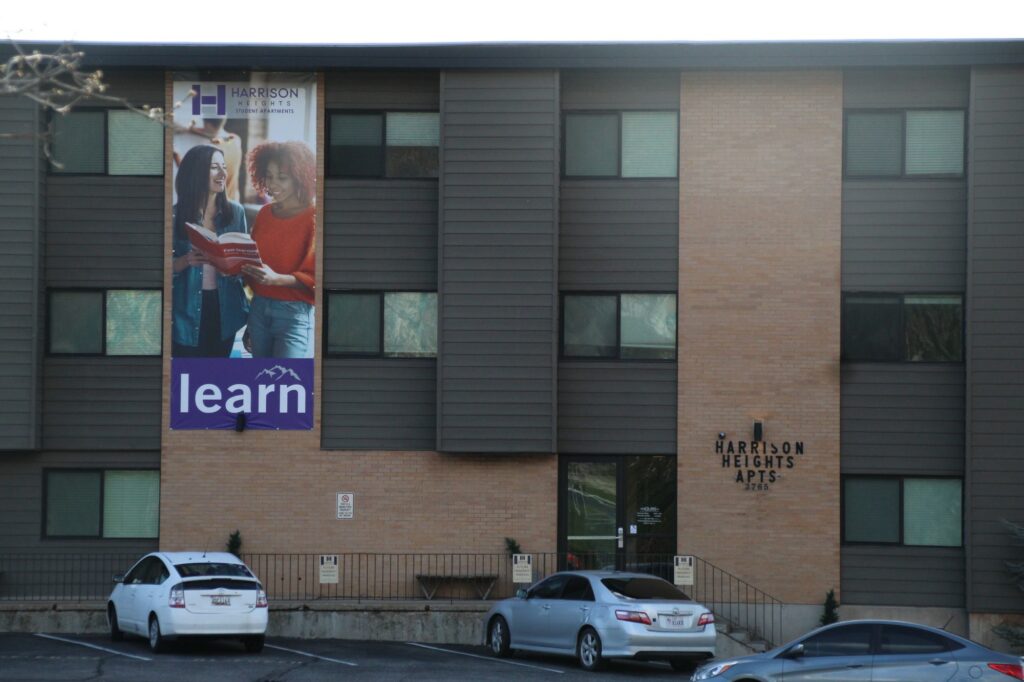
The future of campus housing
In 2016, the university released a Master Plan that sets the framework for WSU’s next 20 years at three primary campuses. It includes provisions for consolidating student housing.
“Augment Wildcat Village to concentrate and rationalize all on-campus residential life in a defined residential village,” the plan states. “Relocation of the existing University Village housing to Wildcat Village within a 20-year time frame is deemed to be achievable and desirable.”
Brinkerhoff has another suggestion for WSU: affordable, on-campus housing that functions as an apartment with a landlord instead of a dorm with an RA.
“Either you’re an 18-year-old who’s fresh out of high school and doesn’t have a thing to your name, so you go to the dorms, or you are a relatively successful older person who can afford to live off-campus,” Brinkerhoff said. “Well, there’s a lot of people who don’t fit in those two categories.”
For Brinkerhoff, it would be important that he be able to choose who he lives with and would be allowed to bring his two cats. Additionally, he wouldn’t need to get a storage space to store his belongings and furniture.
Currently, WSU students are eligible for the Harrison Heights Student Apartments across from Weber State’s main campus. Roommates are placed together through software called Compatibility, which pairs roommates with an algorithm based on their answers to about 100 questions renters answer before signing a lease.
Harrison Heights has four residents per fully furnished apartment, and renters can sign leases for four, eight or 12 months. Depending on the length of the lease, monthly rent can be $415 to $485 each month for a shared room or $615 to $660 per month for a private room.
Residents of Harrison Heights also pay anywhere from $15–30 per month for parking and $80 each month for utilities.
Affordable housing meeting net zero goals
As for Gnagey, she has a solution for the university to help with affordable housing and help WSU meet its net-zero goal.
“The biggest barrier to Weber State becoming net zero is the fact that students commute,” Gnagey said. “They commute by car, and they pollute.”
Gnagey suggests that WSU officials work with the city to let them know students are interested in living closer to campus. Students living near campus help cut down on commuting, which helps the university reach its net-zero goal.
Additionally, it makes more affordable housing options available for students and other renters in the Ogden area.
“They could make a genuine effort and use their political strength to try to encourage opportunities for students to live close to campus where they wouldn’t have to drive, or they have to drive a smaller distance,” Gnagey said, “and work with the city and let them know, ‘A lot of our students would be interested in living in basement apartments in that area north of campus, but we can’t do that because ADUs are currently illegal there.’”
Further funding
Another option would be to increase the financial aid given to students.
The Utah Foundation released a report in February 2021 on the postsecondary success of lower-income, nontraditional and first-generation students. One of the report’s key findings addressed Utah’s changing population.
“If the state’s postsecondary educational institutions do not respond to those changes, tens of thousands of Utahns may miss out on educational advancement in the coming decades,” the Utah Foundation found.
One of the ways the Utah Foundation report outlined to help students be successful in their educational pursuits was through assistance and support. “Wraparound services ranging from child care programs to mental health services can be costly, but can often make the difference for continuing and completing education,” the report stated.
For BIPOC students like Brinkerhoff, this support may be critical for finishing a postsecondary degree.
“There are significant gaps in postsecondary enrollment and completion among Utah’s racial and ethnic groups,” the Utah Foundation report said. “As a result, thousands of students are forgoing their education each year, and this is expected to increase in number and in the proportion of Utah’s students as the population continues to transform.”
Editor’s Note: The story currently says “WSU offers the Harrison Heights Student Apartments.” This is incorrect. The Harrison Heights Apartments are not a Weber State owned or run facility. This has been updated.


